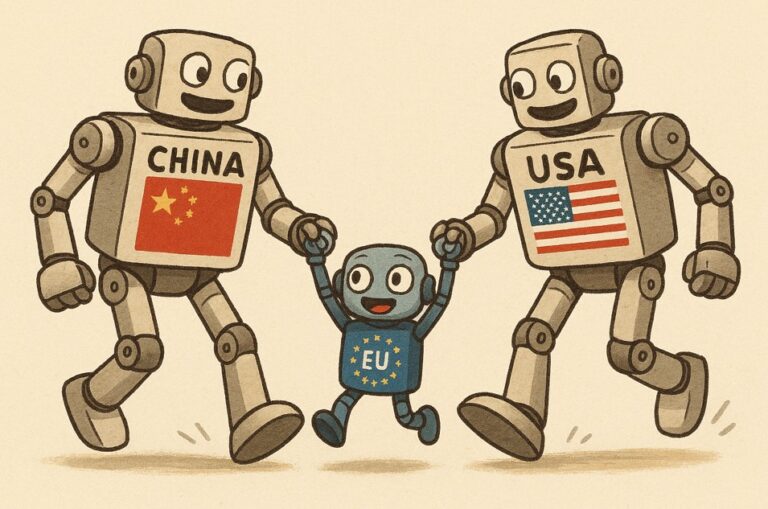Faced with competitive pressure, the EU is expected to announce its Digital Omnibus package tomorrow, the 19th November 2025. Its goal is to simplify the EU’s digital rulebook, reduce administrative burdens, and foster innovation, particularly for SMEs. Key expected measures include:
- AI Act Adjustments: Potentially delaying rules for high-risk AI systems and simplifying compliance requirements.
- GDPR Amendments: Proposing new lawful bases for processing sensitive data to correct AI bias and redefining what constitutes personal data, a move criticized by some as “sacrificing privacy” for AI development.
- Cookie Rule Changes: Aiming to reduce ubiquitous consent banners by allowing browser-based signals and other legal grounds for tracking.
However, the Omnibus package appears to be a regulatory tune-up rather than a strategic engine overhaul. It focuses on making existing rules more workable but does not fundamentally address the core reasons for the EU’s lagging position, such as the lack of a unified digital market or the ability to spawn globally dominant tech platforms.
Structural Barriers the Omnibus Doesn’t Solve
The EU’s challenges run deeper than regulatory complexity. The Digital Omnibus does not directly tackle several critical, structural weaknesses:
- Overwhelming Technological Dependence: The EU’s entire AI stack relies on non-EU technology. It depends on US-designed semiconductors, US cloud infrastructure (which powers an estimated 70% of European digital services), and US or Chinese foundational models. Building “AI gigafactories” is a long-term project that cannot quickly erase this dependency.
- Limited financial power & Investment Gap: The hundreds of billions in private US investment create a self-reinforcing cycle of innovation that the EU cannot match with public funds alone.
- Massive Energy & Infrastructure Demands: The vast computing power required for AI poses a major challenge to the EU’s energy grid, where capacity is already a concern, potentially becoming a primary bottleneck for growth.
- Severe Talent Shortage & Brain Drain: The EU faces a critical lack of AI specialists and experiences a continuous outflow of its top researchers and engineers to US tech giants, who offer better pay and resources.
It is worth noting that the EU retains one significant area of global leadership: regulation and trust. A Pew Research survey1 found that a median of 53% across 25 countries trust the EU to regulate AI effectively, a higher level of confidence than placed in the US (37%) or China (27%). The AI Act is already becoming a global benchmark. However, while setting the rules of the game is powerful, it does not equate to winning the game itself.
Two Hearts in My Chest
These stark challenges, give me a sense of having two hearts in my chest. On one hand, I deeply understand the urgent need for the EU to cut red tape and foster innovation to avoid being left behind. The competitive pressure is real and immense. Yet, on the other hand, I see the necessity of robust, thoughtful regulation for AI systems. I would never want to board an airplane that did not conform to the strictest safety requirements, and I feel the same way about the AI systems that are increasingly woven into the fabric of our lives. This internal conflict mirrors the EU’s own dilemma: how to sprint forward in the global race without tripping over the essential guardrails of safety, ethics, and fundamental rights.
What to Watch Next
The Digital Omnibus is just the beginning of the EU’s response. To fully assess its potential, you should monitor:
- The “Sovereign AI” Push: Watch for progress on the EU’s plan to invest €20 billion in “AI gigafactories” and compute capacity.
- Transatlantic Relations: Observe whether the EU and US can move from friction to deeper technological cooperation.
In summary, while the Digital Omnibus is a welcome step for reducing bureaucratic burdens, it is not a silver bullet. Without addressing the fundamental gaps in investment, infrastructure, and global corporate champions, the EU risks remaining a regulatory powerhouse but a secondary player in the global AI economy.
Sources
| Pew Research – Trust in the EU, U.S. and China to regulate use of AI | https://www.pewresearch.org/2025/10/15/trust-in-the-eu-u-s-and-china-to-regulate-use-of-ai/ |
